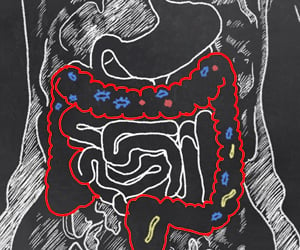A new study has determined that a red-colored glandular secretion known as hippo sweat contains microscopic structures that scatter light, protecting the hefty mammals from burns,
A new study has determined that a red-colored glandular secretion known as "hippo sweat" contains microscopic structures that scatter light, protecting the hefty mammals from burns, which may help scientists develop natural sunscreens in the future.
"It would be nice to also try and replicate the antiseptic and insect-repellent characteristics of the sweat, to obtain a four-in-one product: sunscreen, sunblock, antiseptic, insect repellent," co-author Christopher Viney told Discovery News.He and colleagues Emily Reed, Lisa Klumb and Maxwell Koobatian had staff at Fresno's Chaffee Zoo retrieve the oily secretion from an indoor enclosure where the zoo's hippos had rested.
The sweat was transferred to sealed plastic containers.
Even after several months of storage, the red sweat showed no signs of yeast, bacteria or fungal contamination.
Microscopic analysis of the sweat revealed that it contained two types of liquid crystalline structures: banded and non-banded.
Viney explained that the banded structures are "characterized by concentric dark rings" when viewed under certain magnification.
Advertisement
The non-banded structures, in turn, "enhance the ability of the sweat to spread over the surface of the animal, by reducing the viscosity of the sweat."
Advertisement
Prior research demonstrated that molecules in these pigments are capable of absorbing ultraviolet light.
While the substance may be one of nature's most perfect skin creations, it has caused many an onlooker to think that hippos were bleeding when they were really just "sweating" out the oily secretion.
"As a student said to me several years ago, nature is full of solutions to our technical problems," said Viney. "We just have to figure out how to look in the right place, and ask the right questions," he added.
Source-ANI
SRM










